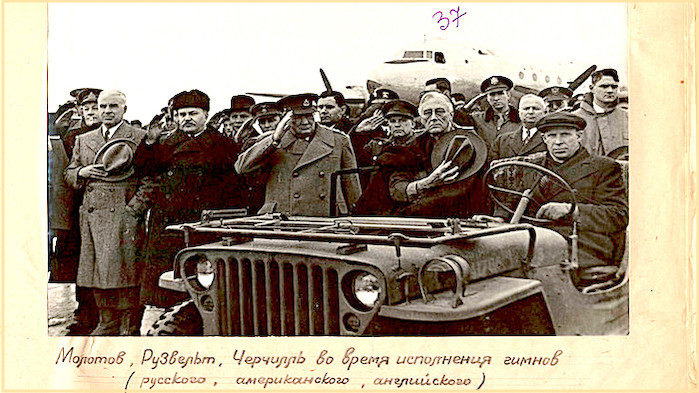
© Russian Defense Ministry archive(left to right) Soviet FM Molotov, British PM Churchill and US President Roosevelt at the Sevastopol airport, Crimea, USSR, February 1945
As part of a WWII document trove declassified ahead of the 75th anniversary of the Yalta summit, never before seen photographs show US and British leaders and officers arriving in Crimea and touring Sevastopol with Soviet hosts.
British Prime Minister Winston Churchill and US President Franklin Delano Roosevelt traveled to Crimea in February 1945, to meet with Soviet leader Joseph Stalin at the Black Sea town of Yalta.Official photos from the Yalta conference itself were taken by American photographers at the Livadia Palace, where the US delegation was staying. Prior to the summit, however, Soviet photographers captured the arrival of Allied leaders and their activities in Sevastopol.
These images have just been made public by the Russian Defense Ministry as part of a large
trove of declassified documents that also includes operational maps and security orders to the Black Sea Fleet.
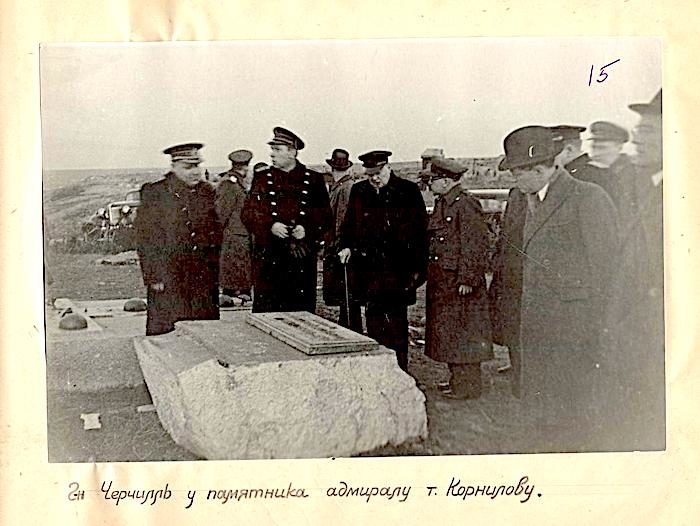
© Russian Defense Ministry archiveBritish PM Churchill near the monument to Admiral Kornilov
Churchill and FDR arrived in Sevastopol by airplane, where they were greeted at the airport by Soviet Foreign Minister Vyacheslav Molotov.
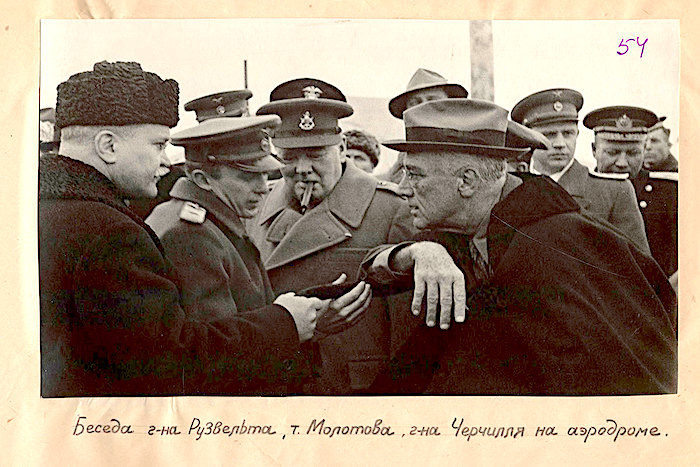
© Russian Defense Ministry archiveSoviet Foreign Minister Molotov (left) speaks with British PM Churchill (center) and US President Franklin Roosevelt (right) ahead of the Yalta conference, February 1945
A fleet of cars was organized by the Soviet hosts to drive the visitors to their accommodations, first in Sevastopol, then in Yalta.
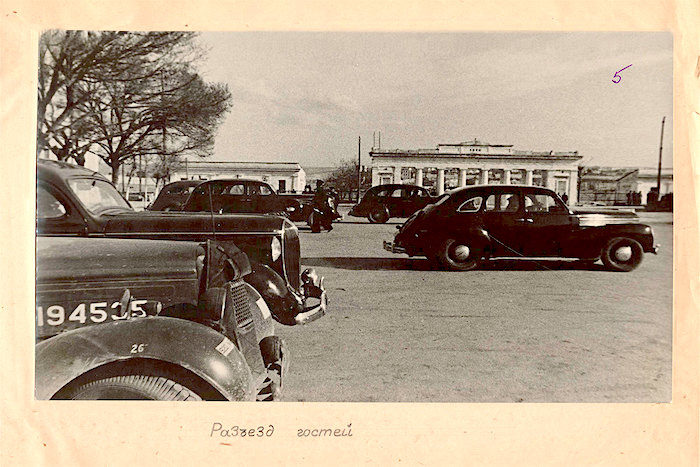
© Russian Defense Ministry archive.US and British delegations being driven from the airport to Sevastopol ahead of the Yalta conference, February 1945
Crimea had been occupied by the Axis invaders in 1941, and liberated less than a year prior to the conference. Reminders of the recent war were everywhere, with American and British delegations touring the heights above Sevastopol and examining abandoned German hardware.
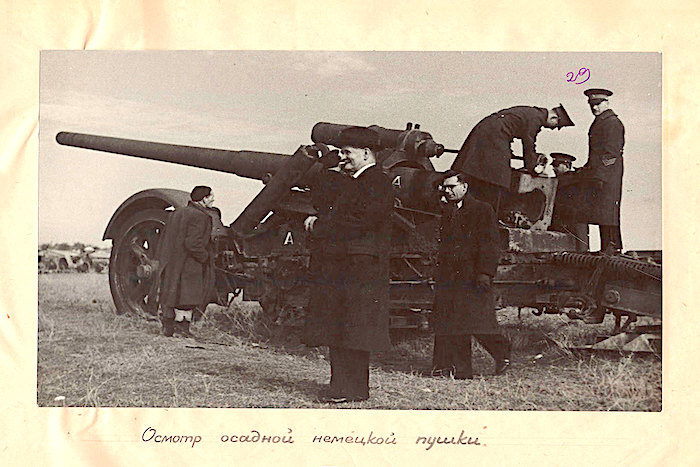
© Russian Defense Ministry archiveAllied officers inspect abandoned German artillery on the heights overlooking Sevastopol, Crimea, USSR, February 1945
Churchill and the British delegation had also visited Sapun Ridge, the British cemetery, and the Malakhov Kurgan memorial, dedicated to the 1854-55 Crimean War.
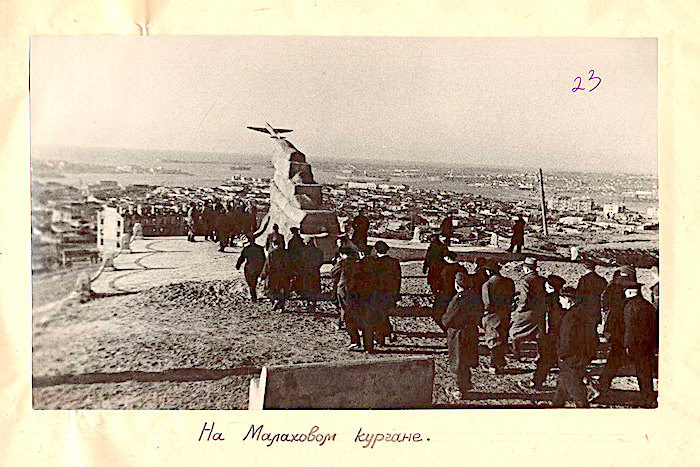
© Russian Defense Ministry archiveChurchill and the British delegation tour the Malakhov Kurgan memorial to the Crimean War (1854-1855) outside Sevastopol, February 1945
Several of the photos show US sailors touring an unnamed Soviet cruiser anchored in Sevastopol and mingling with their Baltic Fleet colleagues.
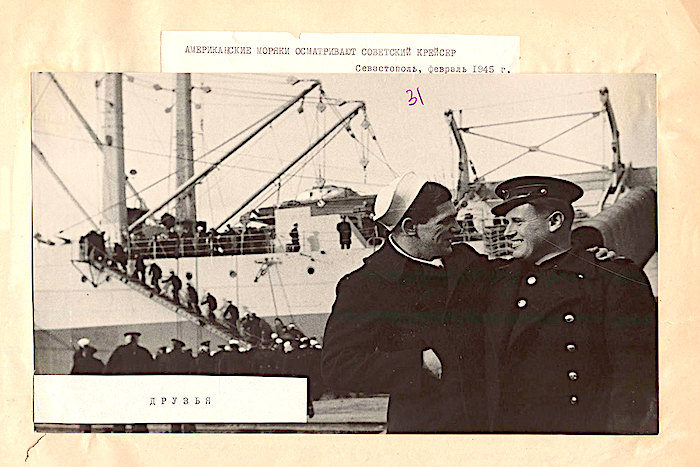
© Russian Defense Ministry archive"Friends": US sailors tour a Soviet cruiser in Sevastopol, Crimea, USSR, February 1945
One particularly interesting snapshot shows a dinner at the Fleet House in Sevastopol, with several African-American sailors seated next to their Soviet colleagues. The US Navy was racially segregated at the time.
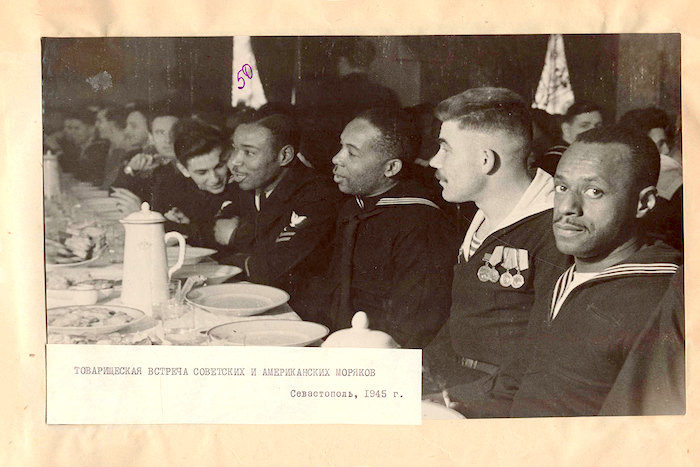
© Russian Defense Ministry archiveUS and Soviet sailors attend a dinner, Fleet House, Sevastopol, Crimea, USSR, February 1945
At Yalta, Allied leaders confirmed their determination to obtain Nazi Germany's unconditional surrender, and mapped out the post-war occupation zones as well as permanent new borders in Europe. War crimes tribunals were set up, and the Soviet Union agreed to join the United Nations.
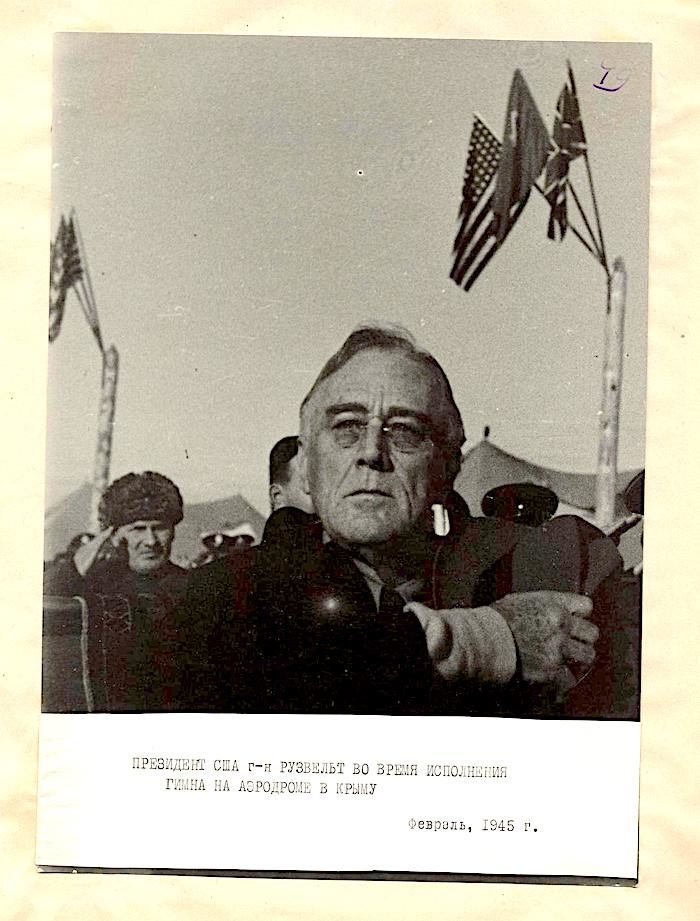
© Russian Defense Ministry archiveUS President Roosevelt at the performance of national anthem at the airport in Crimea
Stalin also promised that the Soviet Union would join the US war on Japan within three months of the end of hostilities in Europe. True to his word, the declaration of war came on August 8. Two days prior, Roosevelt's successor Harry S. Truman had ordered the atomic attack on Hiroshima. With their Kwantung Army trapped in China by the Soviets and the home islands facing the new US superweapon, the imperial Japanese government chose to surrender, ending WWII.












Reader Comments
R.C.